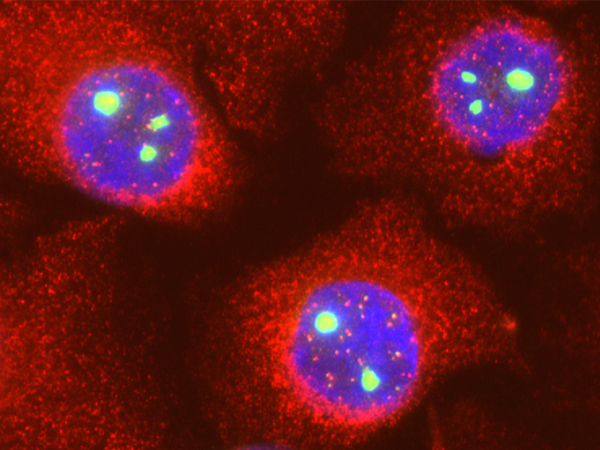Dendrimers: A Novel Approach for Drug Delivery to Cancer
New drug delivery technology that could improve the treatment of cancer, avoid side effects and even report back on the success of treatment. Dendrimers belong to a novel and exciting class of highly branched three-dimensional polymers.
Dendrimers: A Novel Approach For Drug Delivery
Sourabh K Jain, Rajendra Jangde, Dr. S. Saraf, Dr. Swarnlata Saraf* * Institute of Pharmacy, Pt. Ravishankar Shukla University, Raipur (C.G)Email- This email address is being protected from spambots. You need JavaScript enabled to view it.
Abstract-
Dendrimers belong to a novel and exciting class of highly branched three-dimensional polymer in which growth emanates from a central core molecule such as ammonia, ethylenediamine, and polydiamine or benzene tricarboxylic acid chloride. Compared with traditional linear polymers, dendrimers have much more accurately controlled structures with a globular shape, a single molecular weight rather than a distribution o molecular weight and a large number of ‘controllable’ peripheral functionalities.
In recent years, there has been an increasing interest in the field of dendrimers. In particular, the intrinsic connectivity of the dendrimer such as the multivalency of the focal core and the multiplicity of the branches, both controlling the geometrical rate of growth, or the dendritic generation, plays a crucial role and influences at various stages the subtle relationships between the supermolecular structure and the mesophase structure. Stability Dendrimers belong to a novel and exciting class of highly branched three-dimensional polymer in which growth emanates from a central core molecule such as ammonia, ethylenediamine, and polydiamine or benzene tricarboxylic acid chloride. Compared with traditional linear polymers, dendrimers have much more accurately controlled structures with a globular shape, a single molecular weight rather than a distribution of molecular weight and a large number of ‘controllable’ peripheral functionalities. They are truly nanoscale molecules with sizes ranging from 10–30 Å. and the excitement associated with this class of polymers is mainly because of their applications as synthetic vector systems for gene delivery. Polyaminodiamine (PMAM) is a promising polycationic polymer from this class that can form complexes with the negatively charged nucleic acids; additionally, the surface positive charge can interact and fuse with phospholipids of the cell membrane, thereby facilitating the translocation of DNA into cells.

